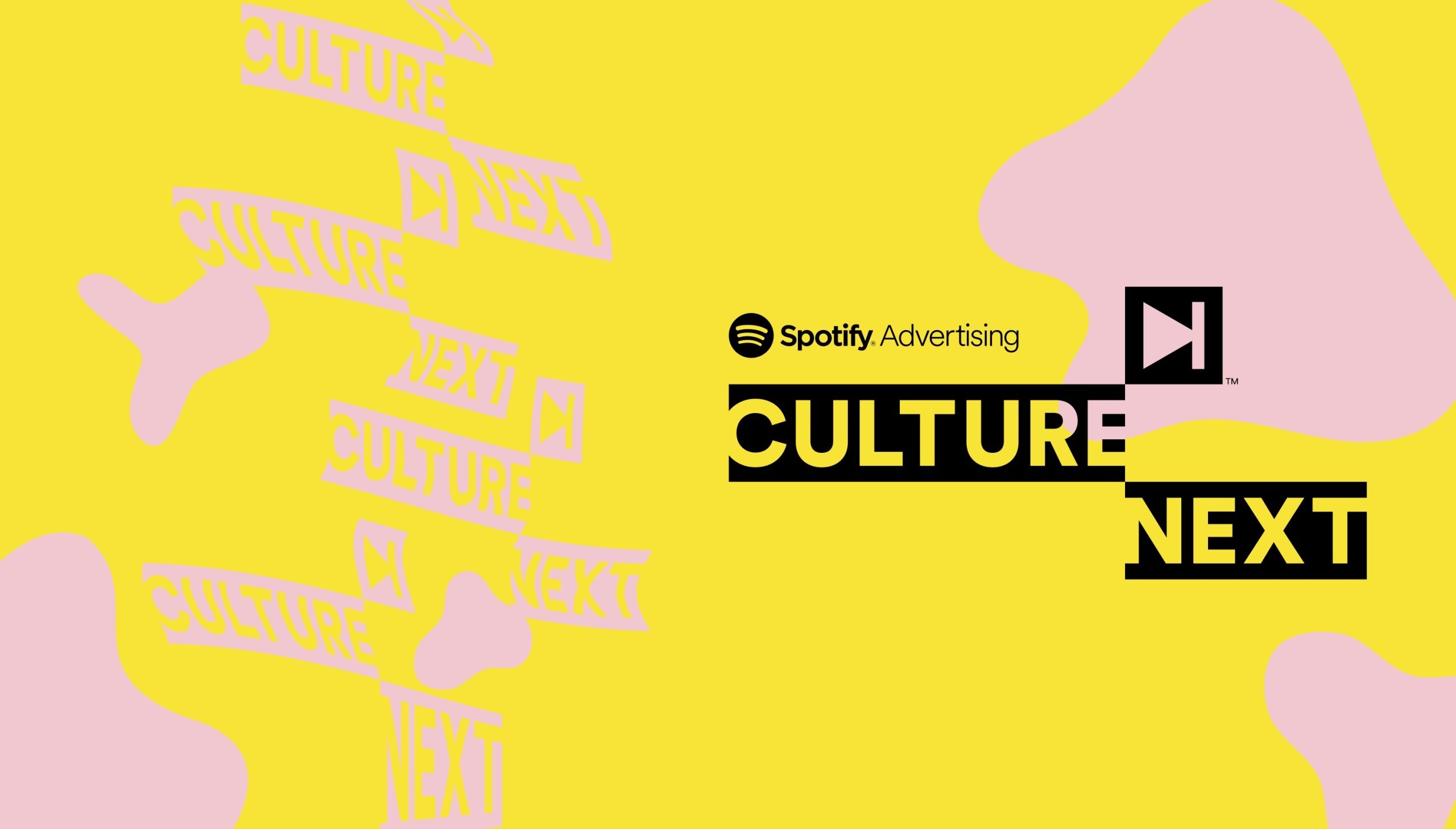
It’s no secret that the influence of Gen Z is rapidly growing when it comes to culture, commerce, and everything in between. Whether they’re deciding the latest social media trend or the hottest new artist, these young tastemakers are the ones setting the agenda. That’s why each year, Spotify releases our Culture Next report to show how Gen Zs are shaping audio streaming and culture at large—and to explain what that means for advertisers on Spotify.
For the 2022 Culture Next report, we interviewed dozens of Gen Zs around the world—and surveyed thousands more—to identify the most influential audio trends that the world should take notice of. From there, we pulled together the five main takeaways (which you can find in our full report). But we realized that these play into a bigger, overarching idea: Gen Z is blurring the line between creation and consumption.
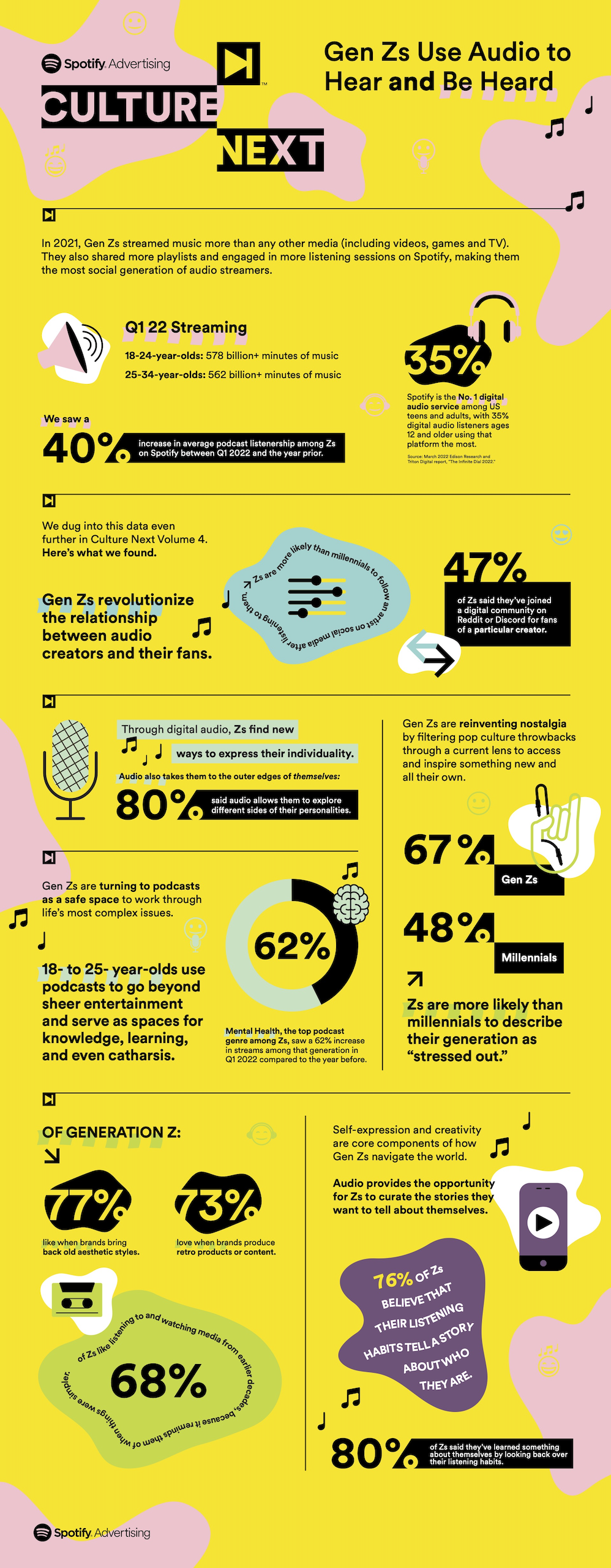
Redefining the boundaries of creation
While this idea is unfolding in many ways, it’s especially relevant to the relationship between creators and their fans. What was once a dynamic built around a one-way broadcast is now an interactive, two-way exchange.
On Spotify and Anchor, for example, the recent addition of polls and Q&As allow listeners to instantly weigh in on topics discussed in new episodes. And thanks to the emergence of platforms such as Discord, Twitch, and TikTok, Gen Z creators are hearing from fans as much as fans hear from creators. In fact, 47% of Gen Zs said they’ve joined a digital community, such as a subreddit or Discord, for fans of a particular creator.
And Gen Zs aren’t just using these digital spaces to get the latest info on their favorite stars. When it comes to up-and-coming stars in particular, fans in these communities are using these platforms to hang out with other fans, as well as with creators themselves.
“We’re all just kind of homies” is how 21-year-old singer-songwriter Dreamer Isioma put it.
Emotional-support podcasts
But Gen Z musical acts aren’t the only ones forging these intimate bonds with their fans. The world of podcasting now has its own stable of celebrity hosts, and highly engaged fans are cultivating communities around them. And this interactivity isn’t just serving as an effective way for creators to better reach their audiences—it’s fundamentally changing the way listeners relate to the content they’re consuming. Comparing Q1 2022 to the year prior, we’ve seen an approximate 40% increase in average podcast listenership among Gen Zs on Spotify.
And podcasts in particular have become more than just entertainment for Gen Z. They’ve become a form of content Gen Z can turn to for perspective and understanding as they tackle the increasingly complex issues they’re facing in their lives. Gen Z creators are finding themselves surrounded by a loyal base of fans who are using these podcasts as a form of support. Mental Health, Gen Z’s top podcast genre, experienced a roughly 62% increase in streams among Gen Zs in Q1 2022 compared to the year before.
Keeping it real
To better understand what makes podcasting such an appealing format for Gen Z to process ideas and topics that might be controversial (or even taboo), For the Record sat down with Kayla Suarez, cohost of Teenager Therapy, to hear her insights on the roles that honesty, authenticity, and vulnerability play in building lasting audiences and communities among Gen Z listeners.
One of the defining traits of Gen Z content creators seems to be how interactive they are with their community—much more so than previous generations. In your eyes, what has led to this dynamic?
I think with Gen Z, there is such a sense of community, especially online. People can just find groups of people, or podcasts, or even brands that have similar interests. With Teenager Therapy, we’re advocating for mental health and being authentic and vulnerable. And with that comes being honest with our audience and establishing that foundation of trust and honesty. We want to get to know them and then get them to trust us and know that we’re not experts or therapists, but we are going through the same experiences as them.
I think Gen Z really values that because I think nowadays it’s easy to see if a brand is just doing something just as a facade or if they’re being really honest. And so I think if, you know, a brand or company is just transparent about that, it goes a long way.
We noticed that Teenager Therapy was created with Anchor. Were there any features that attracted you to it, or are there any ways you use it to engage your fans?
Gael was the one who figured that out, but I remember him mentioning that Anchor seemed to be the most efficient way to upload a podcast. It also didn’t cost anything, which was a big factor. And recently, Spotify put an option to ask questions or put polls at the end, which we’ve been using. For example, the last time we were talking about cheating in relationships, we put a question: “Do you consider this to be cheating or not cheating?” It’s just little ways to engage our listeners.
What is it about podcasting as a format that allows for these conversations to unfold in an honest way?
Our audience is very open minded, and they’ve built a comfortable space for us to talk about topics that need to be discussed, even if they’re uncomfortable. We always just advocate for being respectful toward each other, regardless of differing viewpoints. I think just acknowledging that not everybody’s going to be correct and encouraging people to have an open mind play a huge role.
I also feel like the fans are very comfortable with this form of media. The hosts are right in your ear, and it feels like you’re just in the conversation with them in a very safe environment. I feel like that really resonates with Gen Z because a lot of us do feel lonely and stressed at times, and we don’t always feel like we can go to certain people for that.
Going back to the idea of how Gen Z creators build relationships with their communities, do you have any favorite ways of interacting with your listeners?
We use platforms such as Instagram and Discord to ask our listeners questions. And Spotify Live is one of my personal favorite things to use because it brings together our listeners in the same room. It’s a very intimate setting where it feels like I can basically just say anything. And for the most part, it’s a lot of our regular listeners who come on stage to talk about their problems. It’s really nice to be able to put a voice to our listeners’ names, especially if they’ve been there for so long.
Have there been any episodes or moments from Teenager Therapy that felt particularly impactful?
One of the more impactful episodes that I remember was when I was about to start college. I was talking about some of the feelings of guilt I was experiencing over leaving home, especially being from a first-generation family. I wasn’t sure how people would react to it because I hadn’t really found a group of people that had really shared that feeling.
It ended up getting a lot of attention from a lot of people feeling the same way. It felt nice knowing I wasn’t the only one struggling with the transition to college. We even had people giving advice, which was really impactful for me because it was something that I had been struggling with for a long time and still struggle with a little bit.
Take a deeper dive
While the evolving boundaries between creator and consumer is definitely a theme to keep an eye on when it comes to Gen Z, it’s just one part of the Culture Next 2022 report.
We’ve also dug up insights and findings on how Gen Zs use audio streaming to help shape their identities, how they’re embracing nostalgia in their own unique way, and how they’re using Spotify to express themselves. And while this report was created with advertisers in mind, we think everyone can learn a few things from these trends.
To get the entire scoop on how this rising generation is transforming culture in real time, be sure to check out the full Culture Next report here.
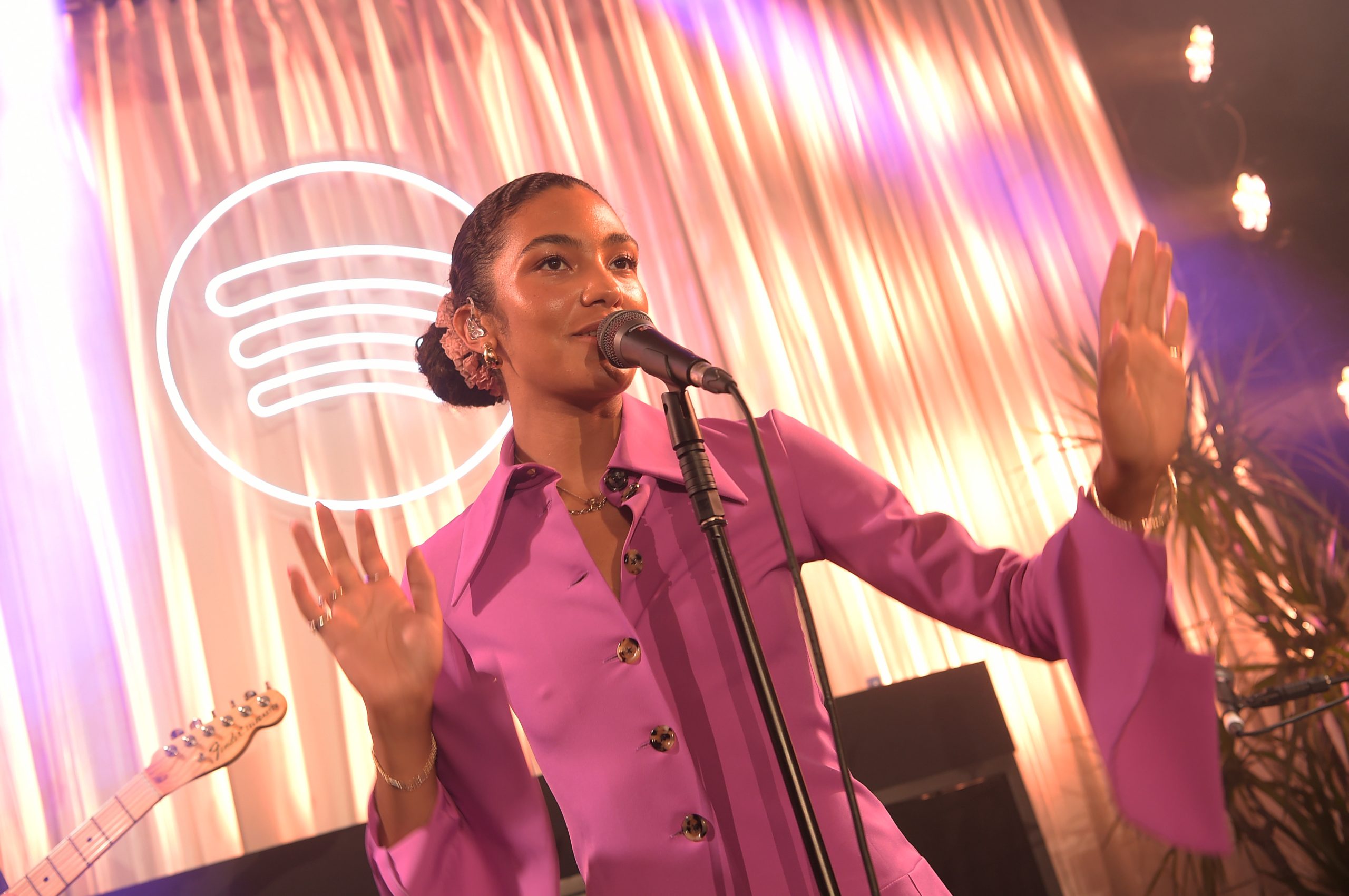





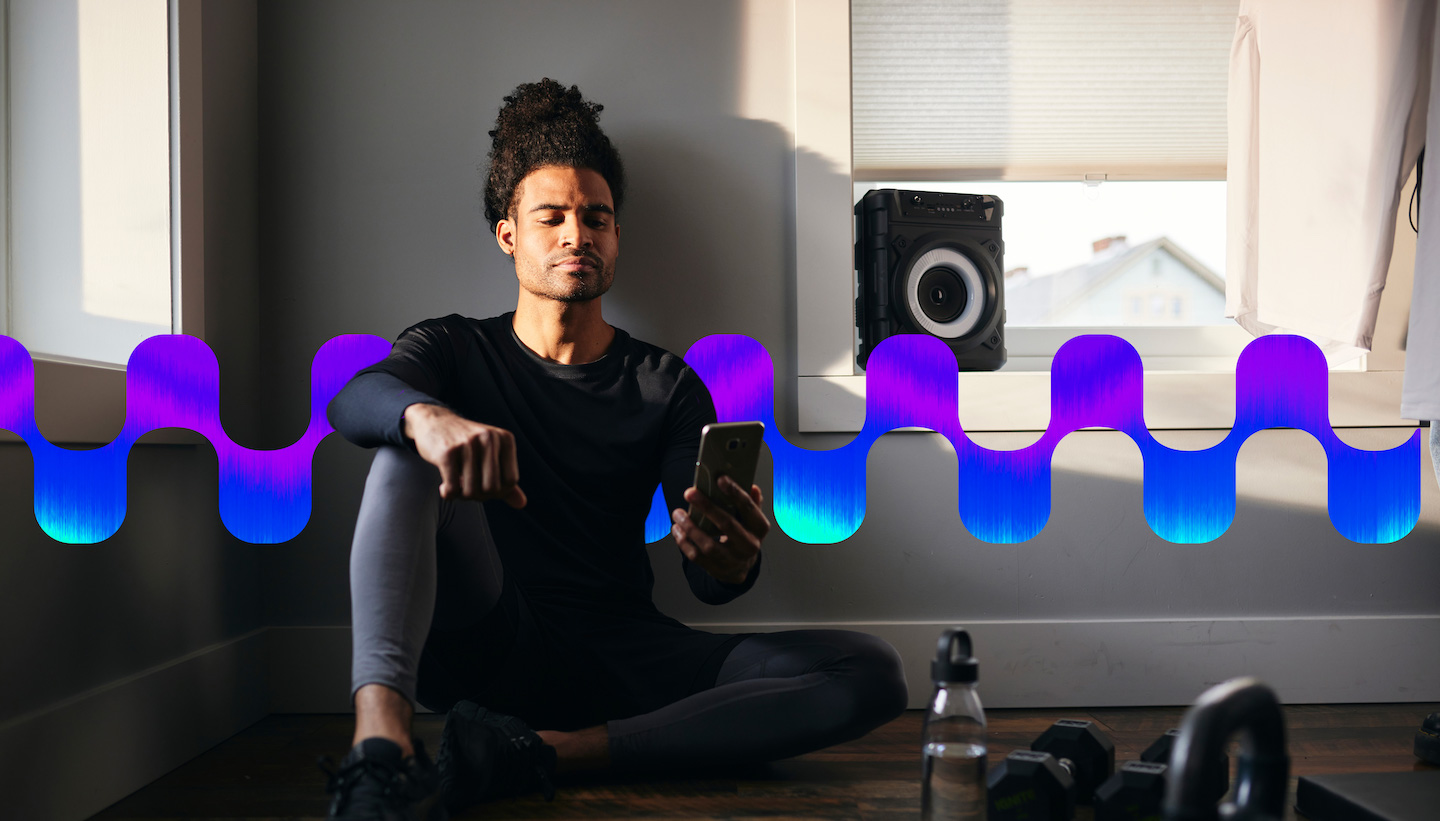
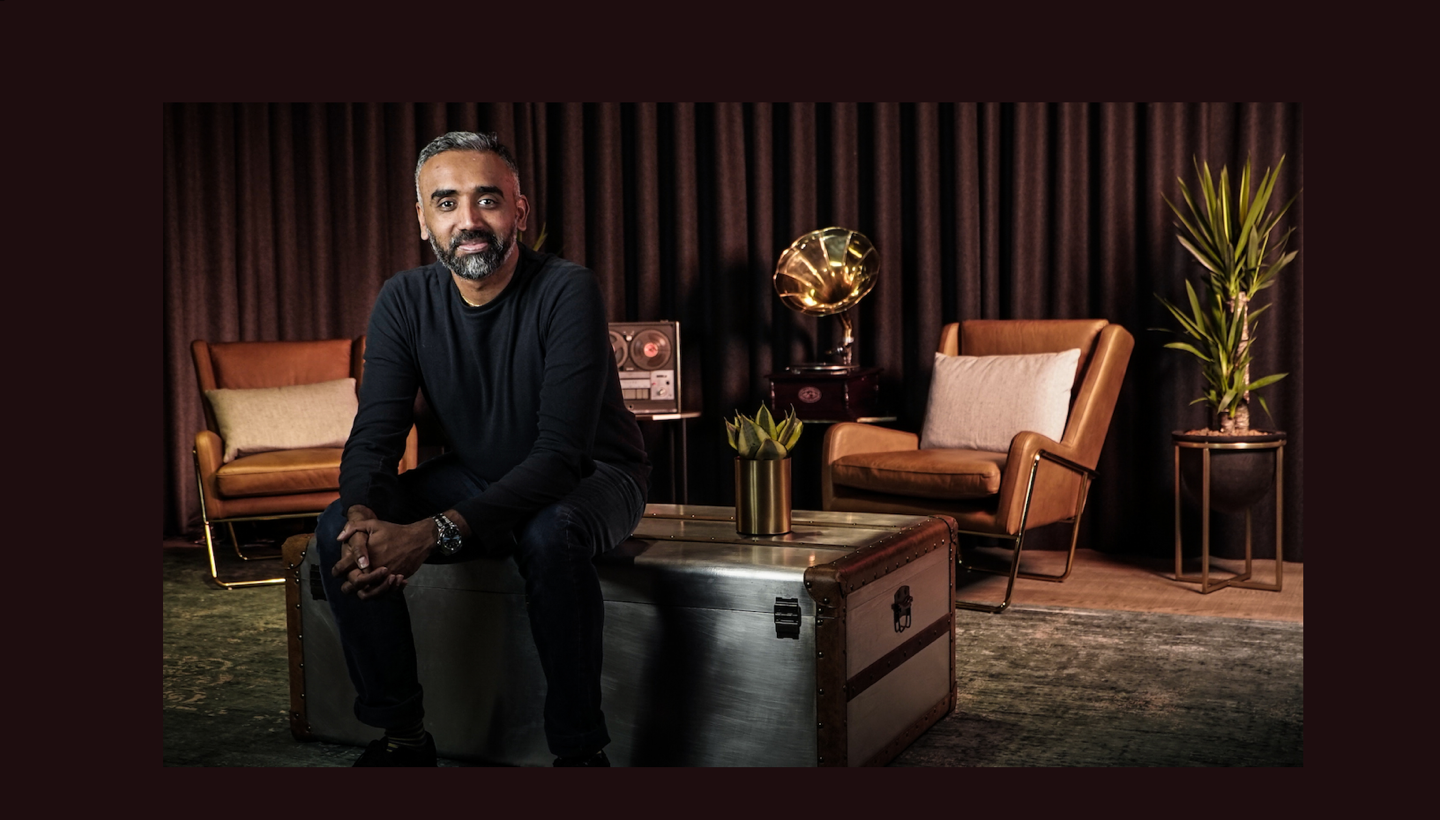
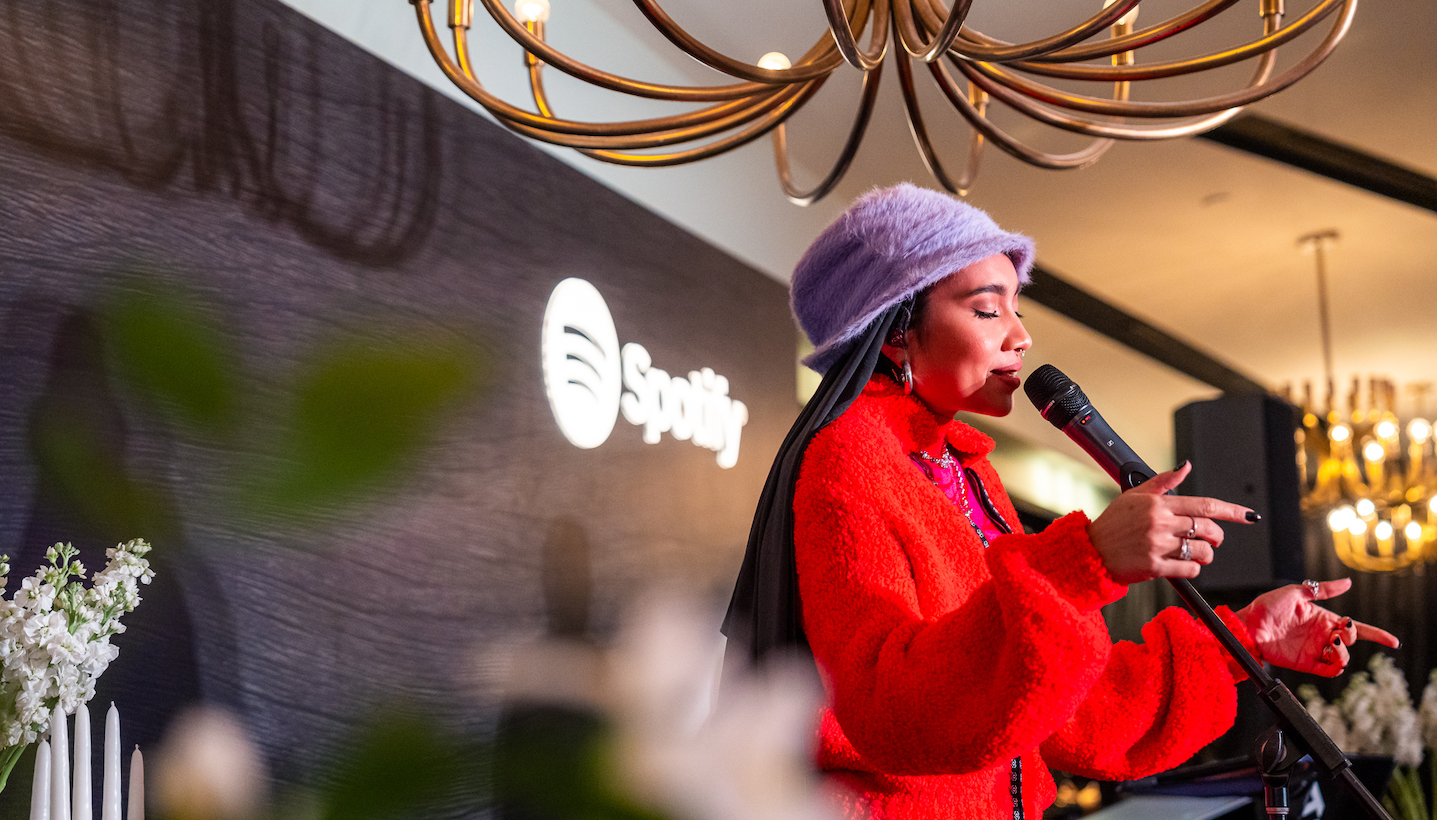


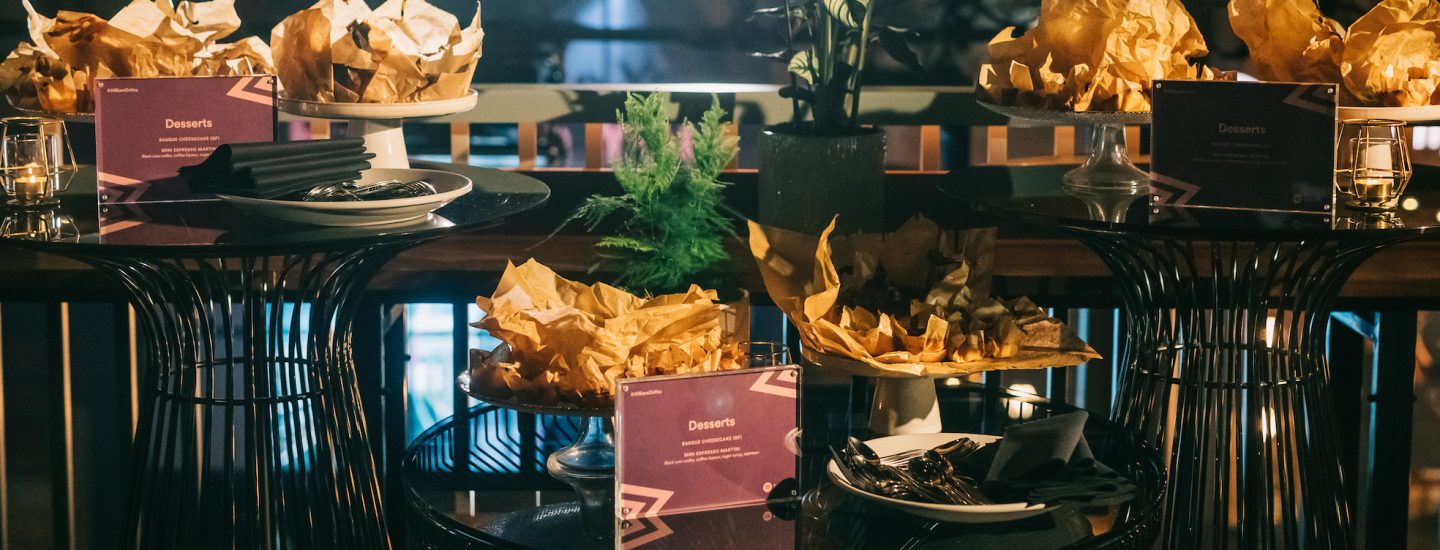
Recent Comments